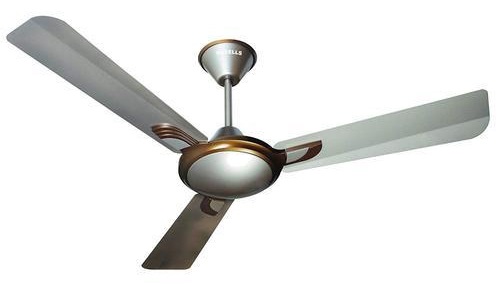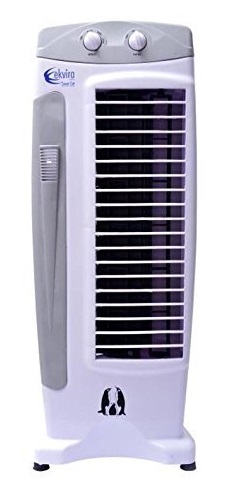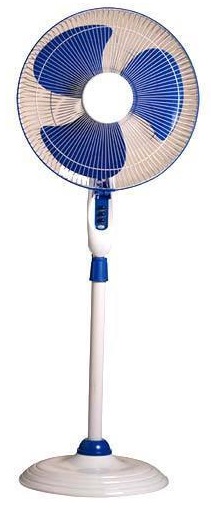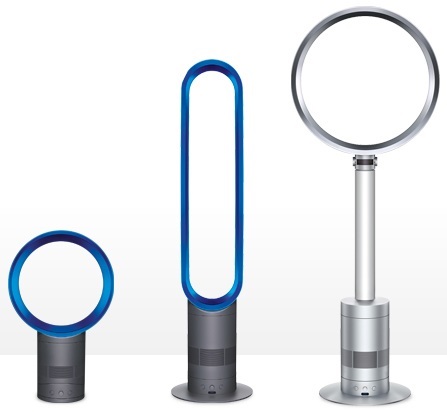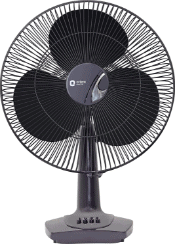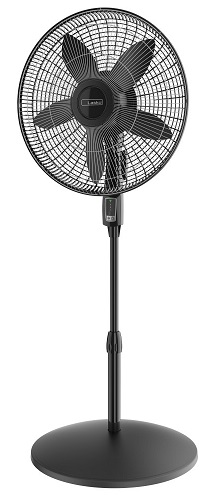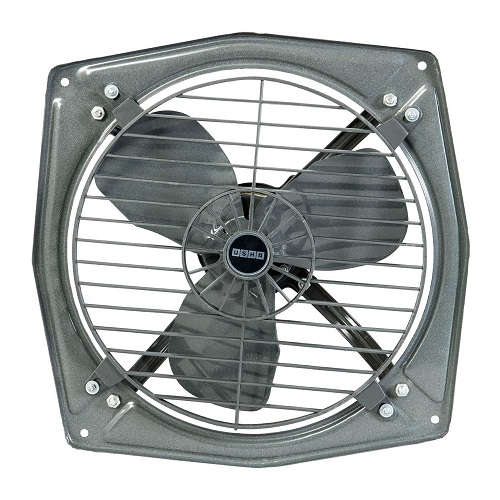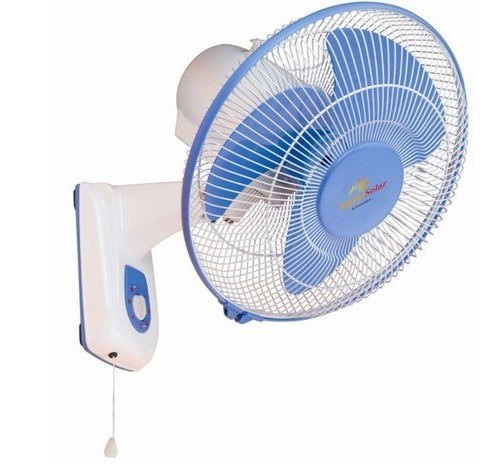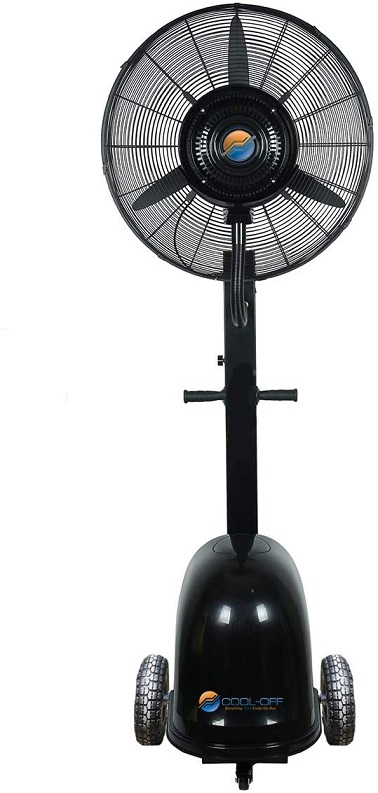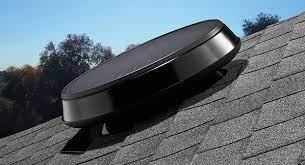Undoubtedly, fans are the most crucial appliances for residential use and offices. Apart from circulating the air in the room, they also help in maintaining the humidity indoors.
Fans come in different sizes, shapes, and styles. If you want to choose the right type that is suitable for your home, you need to be familiar with the various types.
If you are confused about which one to choose? Do not worry! We are here with this article to provide every information related to the fan types.
In this article, we will discuss in detail about each fan type, its significance, characteristics, and benefits. We collated every piece of information just for you to help you cut down on your research.
Keep scrolling to know how to choose the perfect fan for your home.
Below are the various types of fans available for household use and offices. Let us try to learn more about each type in detail: Ceiling fans are the most common and popular type of fans that we often find in many households. Switch on the fan, and it will start rotating in the clockwise or counter clockwise direction. Ceiling fans come in two kinds based on the motor used for operations. They are – AC Motor Ceiling Fan and DC Motor Ceiling Fan. An AC motor fan rotates only in the anti-clockwise direction. Hence, you can use them in only one season. A DC motor fan rotates in both clockwise and anti-clockwise directions. When rotating in the clockwise direction, it draws the cool air upwards towards the ceiling. As a result, the cool air gets in contact with the hot air trapped on the ceiling and becomes hot in less time. This rotation is perfect for winters to keep you warm. When the fan rotates in the anti-clockwise directions, it allows the air to flow downwards. As a result, it cools down the air in less time. This rotation is the best for summers to keep your body cool. The DC motor ceiling fans are 70% more energy efficient than the AC motor fans. The DC motor fans tend to be silent when operating. Ceiling fans are ideal for installing them in the bedroom. However, you can also use them in outdoor spaces. As the name says, these fans are tall and narrow just like a tower. They are usually sleek and compact in design. This fan has blades that are not visible like in the traditional ones. It usually comes with a rotating base, cylindrical blades, and inlets. The inlets allow the appliance to take the outside air inside. It blows the air at a 90-degree angle, covering large areas. Moreover, the cylindrical construction of the blades allows pushing the air in both upward and downward directions. They also contain in-built ionizers that help in air purification. A tower fan consumes less power than an air cooler. A tower fan facilitates silent operation. Tower fans are most suitable for placing them in bedrooms and living rooms. These are the most versatile fans with great cooling abilities. The pedestal fans also called stand fans, come with a detachable stand. This stand has adjustable settings, and you can adjust the height according to your requirements. They also come with an in-built oscillating feature that maximizes the air distribution and transfer inside the room. You can easily operate them by plugging in the socket and turning it on. A pedestal fan is a power-saving fan since it consumes less power. A pedestal fan can be a little noisy. The pedestal fans are ideal for having them outdoors. You can also place them in your bedrooms. When we talk about fans, we cannot stop thinking about the blades it has. What if I told you about a fan that has invisible blades! Yes, it is the bladeless fans that are an advanced version of the tower fan. As mentioned above, these fans do not contain any visible blades. Instead, they have the motor, and the blades kept hidden inside the base of the appliance. The bladeless fan works similarly to the reverse vacuum cleaner. It uses a brushless DC motor that absorbs the surrounding air through the base. It then amplifies the air almost 15 to 18 times before blowing it outside. These fans come in elongated oval and spherical shapes. The bladeless fans are very energy-efficient, as they consume a very small amount of power. The bladeless fans are completely noiseless. They are an excellent choice for use in bedrooms and even offices. The bladeless fans are very expensive. As the name says, these fans are specifically designed for placing them on the desk or a table. The desk fans or table fans come in several models and designs. Some look similar to the pedestal fans. However, they do not have any stand. Some models are a smaller version of the tower fans, as well. Few others come in other shapes. The table fans consume very little power. The table fans tend to be very noisy. The table fans are ideal for personal or individual use. You can place them on your reading table, bathroom, living room, terrace, etc. As the name says, these fans are exclusively designed for placing on the floor. The floor fans come in several models, designs, shapes, and types. Box fans and window fans are the most common types found in floor fans. The floor fans consume very little power. The floor fans tend to be very noisy. These fans are super convenient to place anywhere. You can even have them outdoors like the terrace, balconies, etc. We all know about exhaust fans, and why we use them. Mostly found in kitchens and bathrooms, these fans help in maintaining a comfortable temperature and quality of air. These fans operate through electricity. When electric current passes through the system, it initiates the operation of the fan. They rotate at high speed absorbing all the moisture and hot air from the room and expelling it outside. They are energy-efficient fans. They tend to make a loud noise when operating. The exhaust fans are perfect for kitchens and bathrooms to remove hot air, odour, and pollutants. As the name says, these fans come mounted on the wall. These fans are exclusively designed for spaces with low ceilings and compact areas, etc. They function and operate differently when compared to regular ceiling fans. They do not circulate the air downwards like the ceiling fans. Instead, they push the air horizontally throughout the area of their installation. The wall-mounted fans are energy-efficient fans. The wall-mounted fans can be loud when operating. These fans are ideal for low ceilings and compact spaces. You can install them in small offices, auditoriums, warehouses, etc. The misting fans are the best alternative for air conditioning units. These fans come with water jets that produce mist at periodic intervals. Hence the name, misting fans. They contain water tanks, high-pressure water pumps, and misting nozzles. They work by using evaporative cooling technology. The user needs to fill the water tanks with water. The pumps below the water at high pressure, which passes through the nozzles and breaks down into water droplets. Misting fans are more energy-efficient than air conditioners. The misting fans can be very loud when operating at full speed. The misting fans are ideal for dry and hot areas. Attic ventilation fans are exclusively designed to cool the attic. The attic fans are similar to ceiling fans because even these get installed on the ceiling. However, you can use these appliances only in your attic. The attic fans help in maximizing the effectiveness of the AC unit. They draw cool air from the outside through the attic vents and push the hot air outside. They can be a powerful addition to your ventilating system. The attic ventilation fans are very energy efficient. The attic fans can be quite louder while operating. They are best suitable as a supplemental ventilation system in homes that have ACs already installed. I hope this article gave you deep insights into the different types of fans, along with their significant features and pros and cons. Now that you are aware of everything related to fan types, choosing the right one will no longer be a confusing task. Let us know what type would you choose and why by posting your answers in the comments. Write to us in the comments section below if you find this article helpful and informative. Let us know if you have any questions or need more information on this topic. You can also add your inputs to this article and let us know if we missed out on any points. Your feedback is important to us, and we would love to hear and learn from you. Stay healthy and stay safe!!!Different Types of Fans for Home or Office
1. Ceiling Fan
Construction
What is an AC motor ceiling fan?
What is a DC motor ceiling fan?
Significant Features of Ceiling Fans
Energy Efficiency
Noise
Ideal For
Advantages
Disadvantages
2. Tower Fans
Construction
Significant Features Of Tower Fans
Energy Efficiency
Noise
Ideal For
Advantages
Disadvantages
3. Pedestal Fan
Construction
Significant Features Of Pedestal Fans
Energy Efficiency
Noise
Ideal For
Advantages
Disadvantages
4. Bladeless Fan
Construction
Significant Features Of Bladeless Fans
Energy Efficiency
Noise
Ideal For
Advantages
Disadvantages
5. Desk/Table Fan
Construction
Significant Features Of Table Fans
Energy Efficiency
Noise
Ideal For
Advantages
Disadvantages
6. Floor Fan
Construction
Significant Features Of Floor Fans
Energy Efficiency
Noise
Ideal For
Advantages
Disadvantages
7. Exhaust Fan
Construction
Significant Features Of Exhaust Fans
Energy Efficiency
Noise
Ideal For
Advantages
Disadvantages
8. Wall-Mounted Fan
Construction
Significant Features Of Wall-mounted Fans
Energy Efficiency
Noise
Ideal For
Advantages
Disadvantages
9. Misting Fan
Construction
Significant Features Of Misting Fans
Energy Efficiency
Noise
Ideal For
Advantages
Disadvantages
10. Attic Fan
Construction
Significant Features Of Attic Fans
Energy Efficiency
Noise
Ideal For
Advantages
Disadvantages
Conclusion

